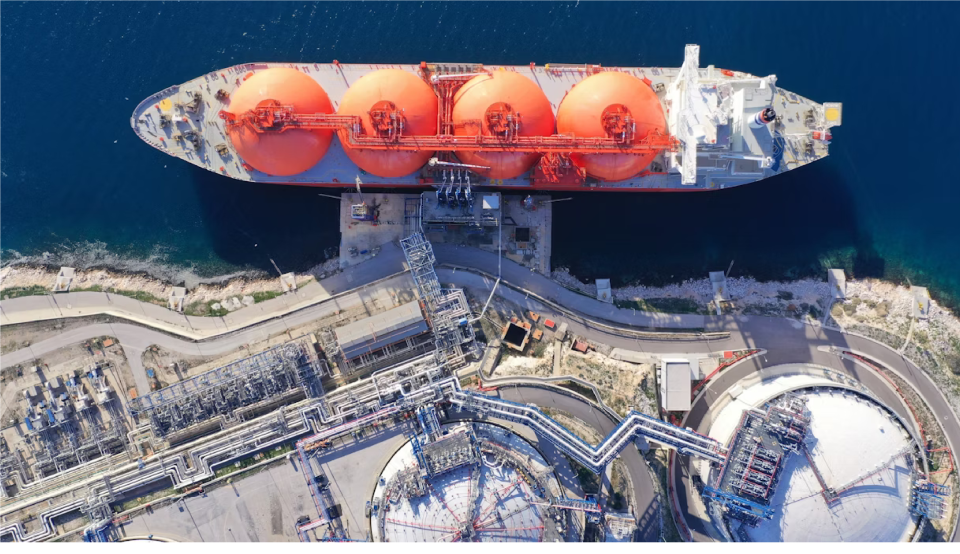By Stephanie Daniels
“By 2030, global gas markets could face a 20 Mt oversupply – yet price cycles and regional dynamics will continue to create value for agile payers. The five forces shaping these shifts define where opportunities truly lie.”
Rystad Energy CEO identifies those five key forces to shape the global energy markets until 2030 to include structural trends and investment cycles, seasonal patterns, weather impacts and daily fluctuations, “understanding these forces” he says “will help companies anticipate change and create value rather than react to it.” He provided explanation why oil and gas would remain vital for decades to come. “Oil is essential for key materials, and gas will continue to offer opportunities despite potential oversupply, underscoring that long-term success depends on mastering the dynamics driving the energy transition” he said.
At the Rystad Energy Summits in Houston, London and Singapore, Jarand Rystad gave a full breakdown.
He said: “Yes, I had the opportunity to test this theory at our recent summits. The main point in the theory is that supply and demand balances in energy markets – which ultimately determine where energy prices lie – are driven by five forces, each relevant at differing time horizons. These forces and their associated time horizons are as follows: 1) structural (decades), 2) investment cycles (years), 3) seasons (one year), 4) weather and events (next 2-25 days), and 5) day and night (next 24 hours). By understanding these forces, measures can be taken to benefit from them rather than be victimized. This is a foundation for value creation in energy markets.”
He went on: “The first force – structural – is driven by the competitiveness of new technologies, as can be seen, for instance, in how quickly solar, wind and batteries are growing as sources of electricity generation. The structural force is also changing the balance between the other forces. One noteworthy development is that the seasonal and daily forces will become increasingly prominent in the future electricity system, and must therefore be understood by those who want to create value in electricity markets.”
Taking a constructive swipe on why he feels there will still be a lot of money up for grabs in the oil and gas sector for the next 100+ years, and also about whether the quickening energy transition will in any way impact these potential returns, Jarand said:
“Oil is the required raw material for important materials like plastics, lubricants, asphalt, and roofing, and it will continue to be economically competitive for these applications even a hundred years into the future. However, oil for energy will become less competitive over time, likely causing oil demand to peak in the early 2030s and to decline for the rest of the century.
“This will trigger turbulent cycles for oil supply, as steep well decline rates ensure that production levels will tumble once drilling investments are reduced. The balance in the market will swing from oversupply to undersupply in only about 18 to 24 months, thus causing oil prices to spike again and attracting a fresh wave of investments in capacity.
“Our system dynamics simulations show that these trends will continue even in a declining oil market, and the profit in the upcycle will be more than enough to compensate for potential losses in the downcycle. Overall, oil will continue to be a profitable business over the cycle.”
Looking at several final investment decisions that have been taken on major gas projects in the recent time, like the Eni’s Coral North floating LNG development in Mozambique and Sempra’s Port Arthur Phase 2 project in the US, what he feels are likely to be the consequences in case the potential surge in spending which may also lead to an oversupplied global gas market becomes a reality, Jarand concluded:
“Indeed, it is quite likely the gas market will become oversupplied, even when accounting for project delays and project outages. If all projects are delivered as expected, with normal levels of schedule slippage and at prices around $11 per million British thermal units, gas supply will likely eclipse demand by about 20 million tonnes in 2030.
“However, lower gas prices – for instance around $8 per MMBtu – will lead to higher levels of coal-to-gas switching. Thus, the surplus gas will be absorbed by the markets. Seasonal effects and regional illiquidity will also influence the markets during the course of the year, and price spikes will still occur. As such, there will still be ample opportunities for good value creation for upstream gas players with trading capabilities.”

